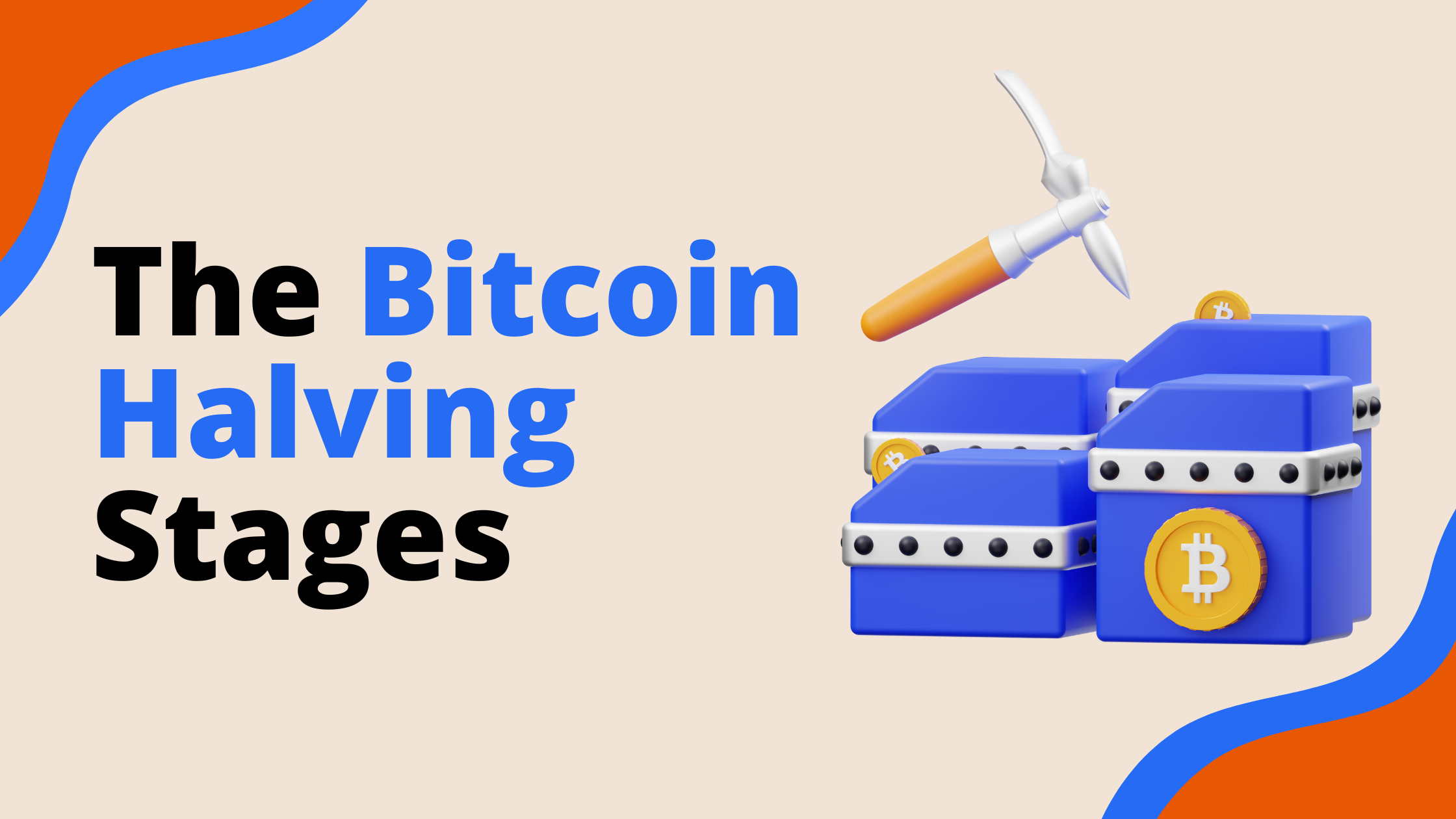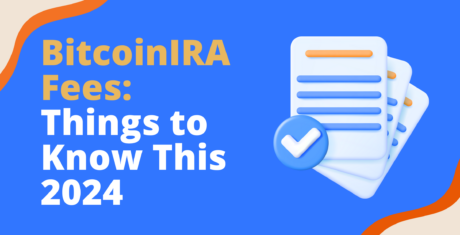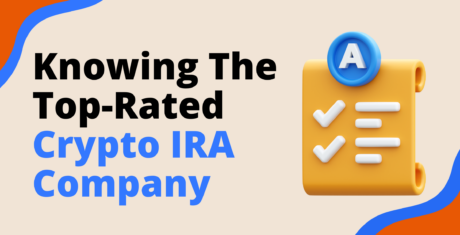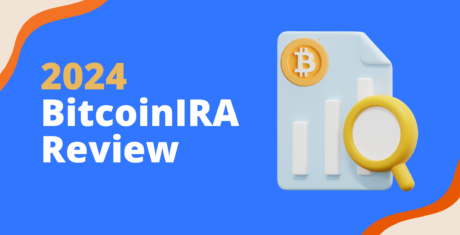Key Sections
Bitcoin halving is a pivotal event in the cryptocurrency world, causing a stir around every four years (every 210,000 blocks). But what exactly happens during a halving, and how does it impact the price? Buckle up, because we’re diving into the different stages of a bitcoin halving and what you can expect when the next one hits in 2024.
The Big Cut: Understanding the Halving Process
Imagine a giant pie – that pie represents all the bitcoins ever to be mined. The halving is like cutting that pie in half. The total supply remains the same (21 million), but the block reward, the number of new bitcoins miners get for verifying transactions, gets slashed by 50%. So, the key point isn’t the halved reward, it’s the finite number of bitcoins – capped at 21 million.

Satoshi Nakamoto, the creator of Bitcoin, deliberately chose a fixed emission rate in his Bitcoin whitepaper. Unlike most traditional currencies with a constantly growing money supply, Bitcoin’s supply is finite. This fixed issuance serves a crucial purpose: to control inflation and make bitcoin scarcer over time. As fewer new coins enter circulation, existing bitcoins become relatively more valuable, potentially driving up the price.
The Price Dance: A Look at the Halving Cycle
The impact of a halving on price isn’t a straightforward process. Here’s a breakdown of the typical cycle:
Pre-Halving Buzz
As the halving approaches, excitement builds. Speculators anticipate a price surge due to the reduced supply.
In the months leading up to a halving, the crypto community often enters a period of speculation and anticipation. Traders and investors closely monitor the potential impact of the reduced supply on Bitcoin’s price. Historical patterns are analyzed, and predictions abound, with many expecting a price increase due to the upcoming supply shock. This speculation can lead to increased trading volume and price volatility.
Miner Activity: Miners may ramp up their operations to accumulate as many bitcoins as possible before the reward reduction. This increased mining activity can have a short-term effect on the network’s hash rate, making it more secure but also increasing the competition among miners.
What Makes the 2024 Pre-Halving Season Unique?: The pre-halving period of 2024 stands out due to the groundbreaking approval of spot Bitcoin ETFs in early January. This decision had a significant impact on Bitcoin’s price, acting as a major accelerant in the lead-up to the halving event.
Let’s delve into the key factors at play:
- Institutional Investors Enter the Arena: Spot Bitcoin ETFs opened the door for institutional giants like hedge funds and investment firms to gain exposure to Bitcoin. Paving the way for a massive influx of fresh capital into the Bitcoin market.
- A Self-Fulfilling Prophecy: The very approval of these ETFs signaled growing mainstream acceptance of Bitcoin. This, in turn, led investors to anticipate a surge in demand. This anticipation could be a powerful force, driving prices up even before the actual increase in demand materialized.
- Supply and Demand Imbalance: Bitcoin’s core principle is its fixed supply, capped at 21 million coins. The introduction of ETFs creates an interesting dynamic. The effective demand for Bitcoin can rise significantly without any change in the underlying supply. This was particularly evident in the first weeks after the Bitcoin ETF approval, where the amount of bitcoin bought by these funds reportedly reached 10 times the daily amount generated through mining. This imbalance, in theory, puts significant upward pressure on the price. Imagine this scenario continuing post-halving: with the supply of newly mined bitcoins cut in half, the same buying velocity by ETFs could push the demand ratio from 10 times to a staggering 20 times the daily produced coins.
Possible Dampener on the Halving Effect: Some analysts argue that the pre-halving price increase due to ETF approval might have muted the traditional price surge often seen after a halving. The thinking is that a significant portion of the price appreciation due to reduced supply might have already been priced in due to the ETF effect.
The interplay between ETF approval and the halving in 2024 is a complex issue. While the ETF likely boosted the price beforehand, it’s difficult to say definitively how much it impacted the traditional halving effect. The long-term impact on Bitcoin’s price will likely depend on various factors beyond these two events.
The Halving Day
The actual halving day itself might see a short-term price correction. This is because some traders might sell on the news, taking profits.
The halving event itself is a technical adjustment where the reward for mining a new block is cut in half. Instantaneously, miners begin receiving 50% less Bitcoin for verifying transactions and securing the blockchain. This reduction in new supply, without a corresponding drop in demand, can lead to bullish sentiments in the market.
Miner Consolidation: The immediate aftermath of a halving can be challenging for miners, especially those with less efficient operations. The reduced block reward means lower revenue, pushing some miners to shut down their operations. This consolidation can temporarily decrease the network’s hash rate, though it typically recovers as more efficient miners take over the share of less efficient ones.
Post-Halving Adjustment
Here’s where things get interesting. The true impact of the halving often unfolds over a longer period, sometimes months or even years. In theory, with fewer new coins entering circulation, existing bitcoins become more valuable, driving the price up.
Adjustment and Equilibrium: The market begins to adjust to the new reward structure. The reduced pressure from newly mined bitcoins selling for operational costs can contribute to a bullish trend in price. However, the actual impact on the price depends on various factors, including broader market conditions, investor sentiment, and global economic indicators.
Long-Term Growth: Historically, the years following a Bitcoin halving have seen significant price increases. This long-term growth is attributed to the reduced rate of new supply entering the market and the increased demand from investors who view Bitcoin as a store of value.
Why 2024 is a Big Year for Bitcoin Halving
We’re due for the next halving in April 2024. With the current block reward at 6.25 bitcoins, it’ll drop to around 3.125 bitcoins. Here’s what to keep in mind:
- Past Performance Isn’t a Guarantee: While past halvings have been followed by price increases, market conditions and broader economic factors also play a role.
- Focus on Long-Term Trends: Don’t get caught up in short-term volatility. The halving’s impact is likely to unfold over a longer period.
The Bitcoin halving is a pivotal event with the potential to disrupt the price. While short-term effects are uncertain, the long-term outlook could be positive due to the reduced supply of new coins. This, combined with growing institutional interest and Bitcoin’s capped supply (scarcity), makes 2024 an intriguing year for potential Bitcoin investors.
If you are interested in exploring tax-advantaged Bitcoin investment options, unlock the potential of tax-free1 Bitcoin investing, BitcoinIRA2 allows you to securely hold Bitcoin within a tax-advantaged retirement account, potentially maximizing your long-term gains. Schedule a call with a specialist to learn more about tax-free Bitcoin investing with BitcoinIRA.
Remember, stay informed, invest responsibly, and enjoy the ride!
Glossary
- Block Reward: The number of bitcoins awarded to miners for successfully verifying a block of transactions.
- Hash Rate: A measure of the processing power dedicated to securing the Bitcoin network.
- Miner Consolidation: The process where less efficient miners shut down their operations due to reduced profitability after a halving.
- Store of Value: An asset that can retain its purchasing power over time, like gold or Bitcoin.
- Some taxes may apply. We recommend you consult your tax, legal or investment advisor.
- Bitcoin IRA is a platform that connects consumers to qualified custodians, digital wallets and cryptocurrency exchanges. The company is not a custodian, is not a digital wallet and is not an exchange. The information provided in this article is for educational purposes only. We encourage you to consult an adviser or professional to determine whether Bitcoin IRA makes sense for you.







 3,500+ 5-Star Reviews
3,500+ 5-Star Reviews